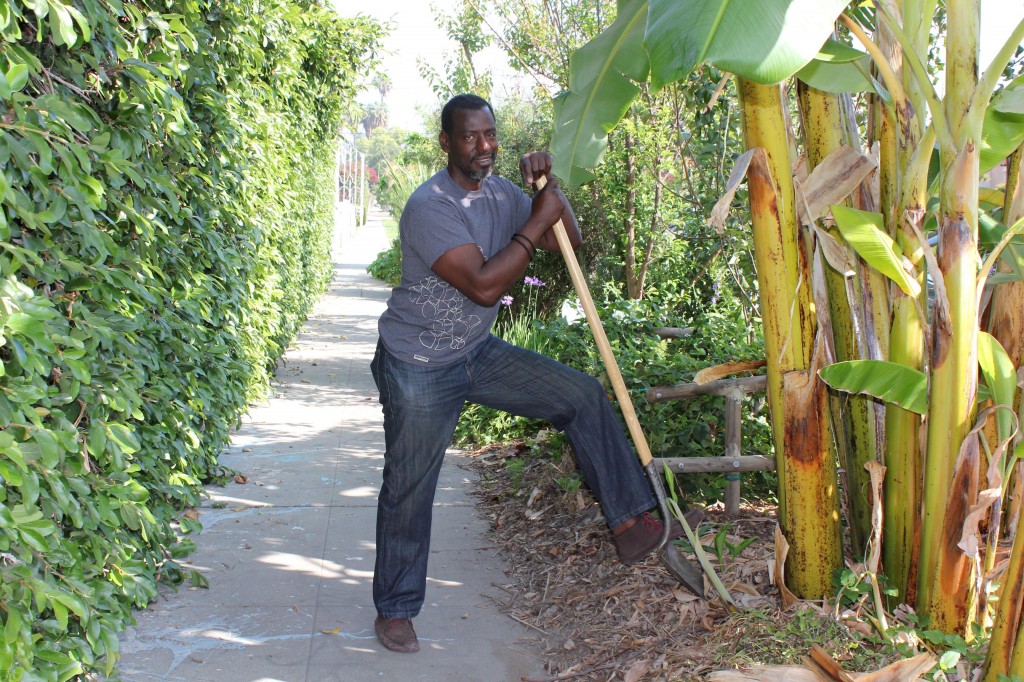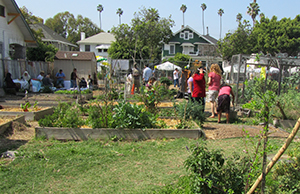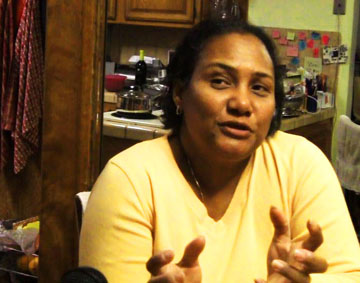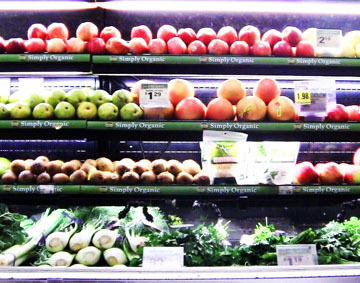From a tiny seed, a mighty garden may grow. This is precisely what Ron Finley is aiming for as he kicks off the development of his Vermont Square Library garden project in South Los Angeles.
Finley, a South L.A. native, plans to turn the library’s yard into an open-air library beginning May 28, complete with string lights and swings hanging from the trees. The transformation will coincide with L.A. Design Festival, running through June 14. During the time, tutorials will provide instruction on how to make Adirondack chairs out of palettes, graffiti artists will paint murals on giant panels, and movies may be shown al fresco. [Read more…]










 Erika J. Glazer Community Garden (Photo by Subrina Hudson)
Erika J. Glazer Community Garden (Photo by Subrina Hudson) Melissa Ramirez (Photo by Subrina Hudson)
Melissa Ramirez (Photo by Subrina Hudson) South LA resident Donna Washington is one of many disappointed by the lack of quality produce available in her community.
South LA resident Donna Washington is one of many disappointed by the lack of quality produce available in her community. Produce from a high-quality Ralphs.
Produce from a high-quality Ralphs.




